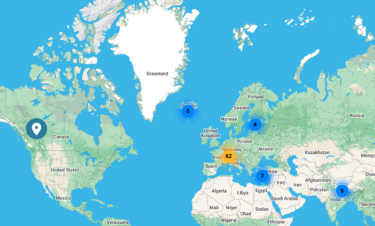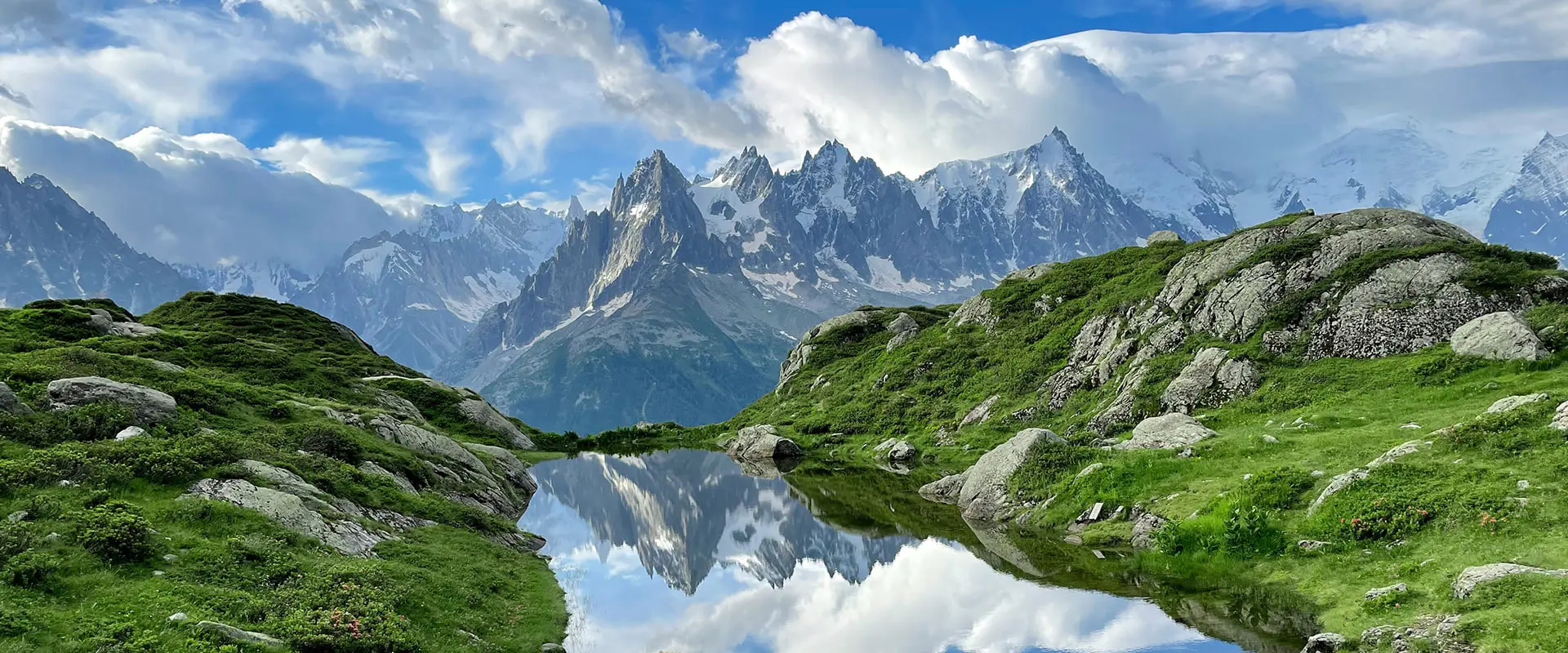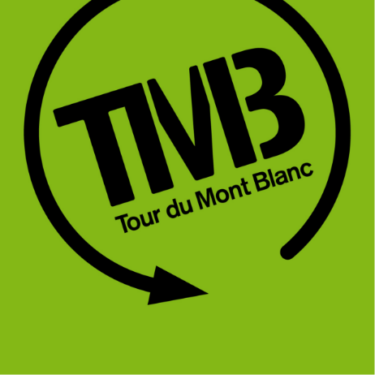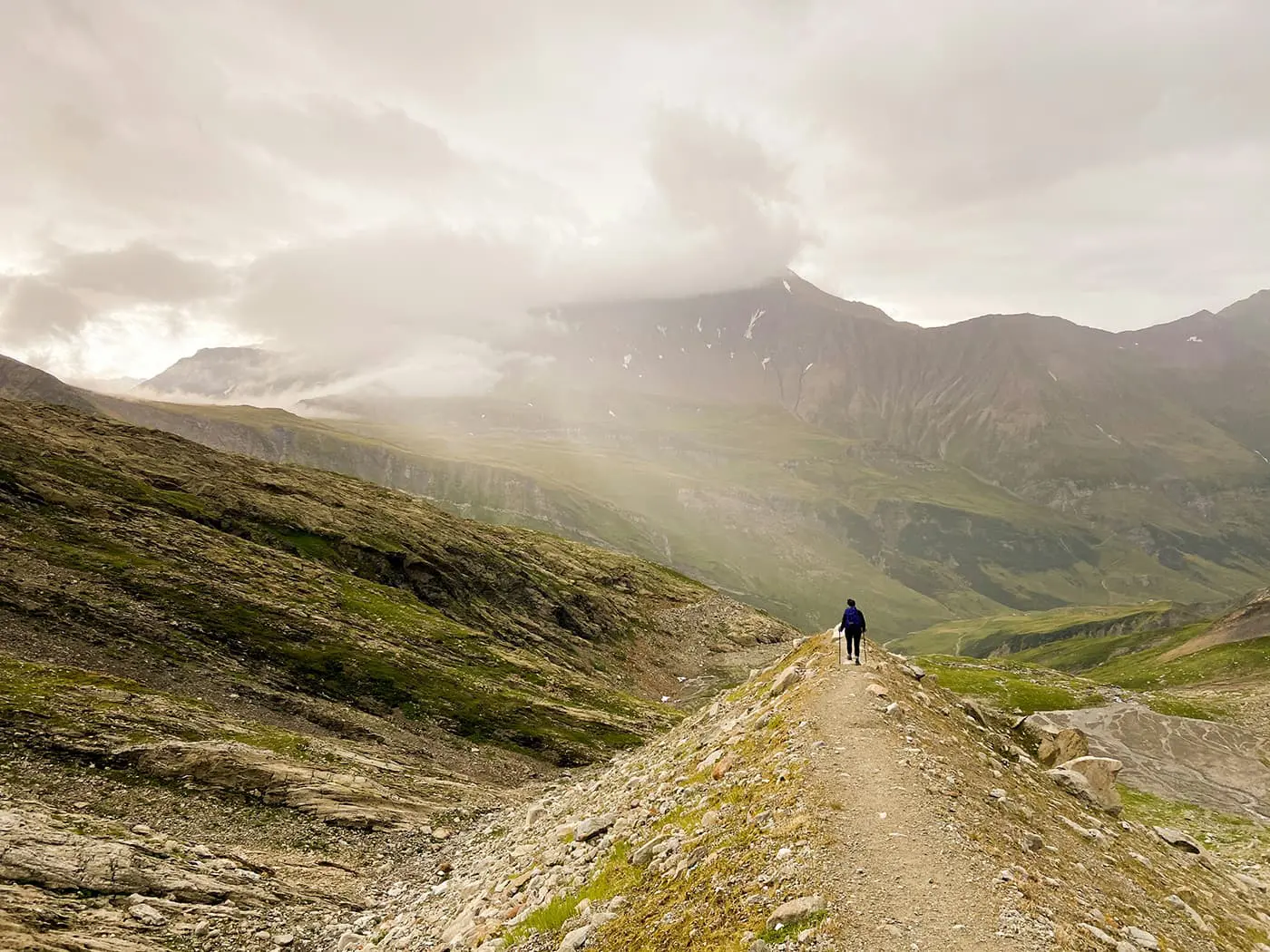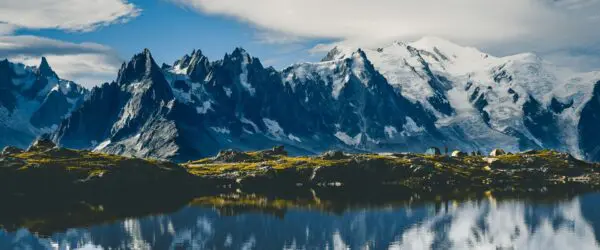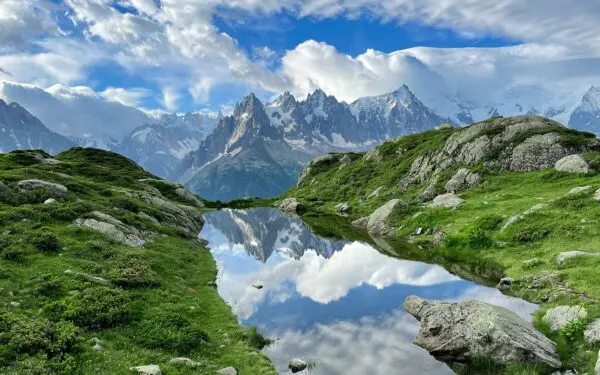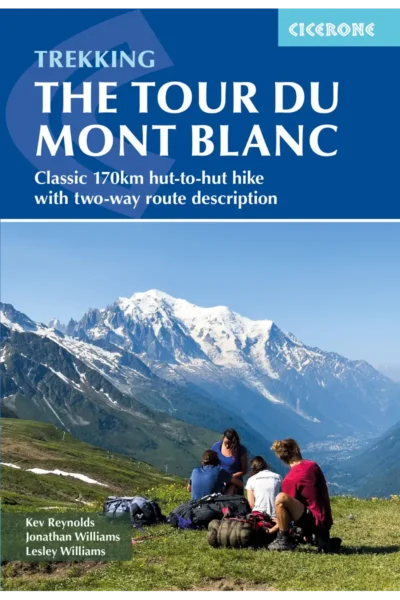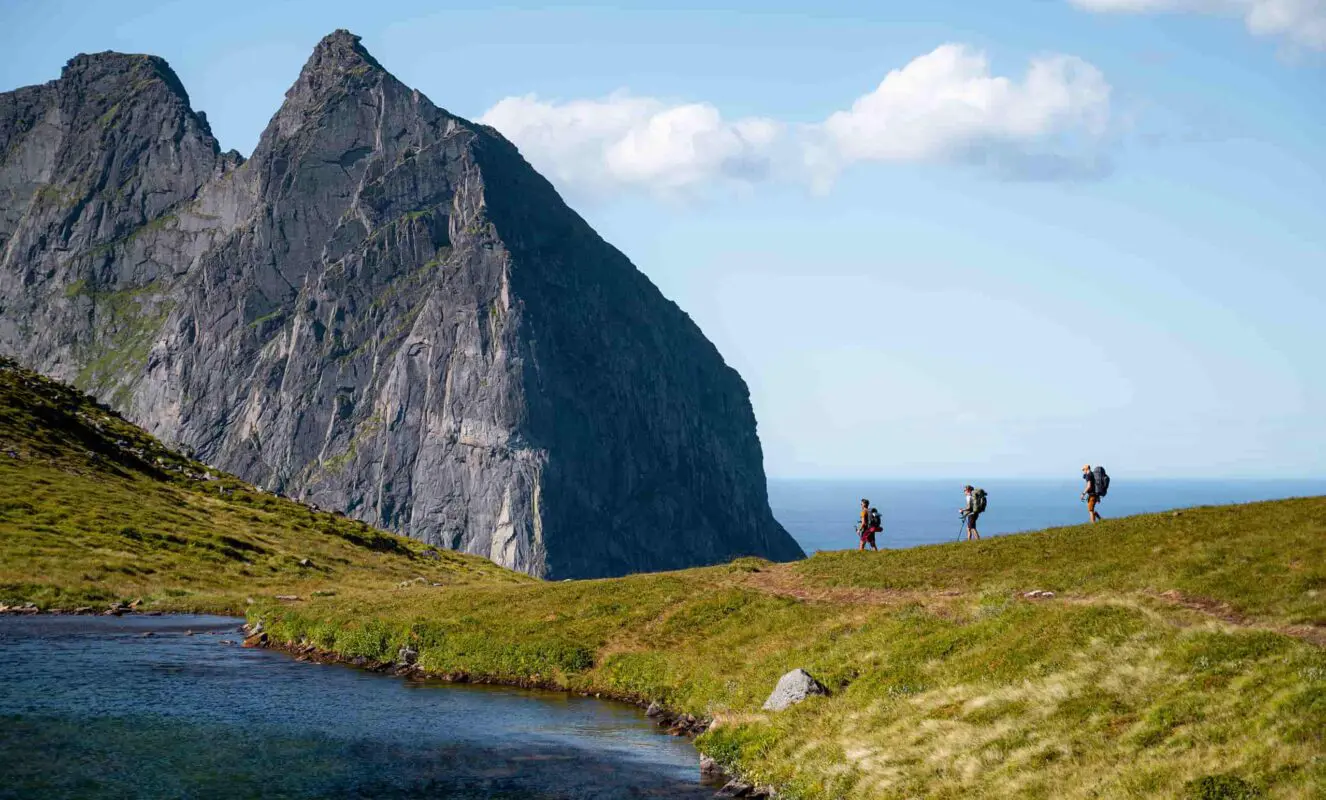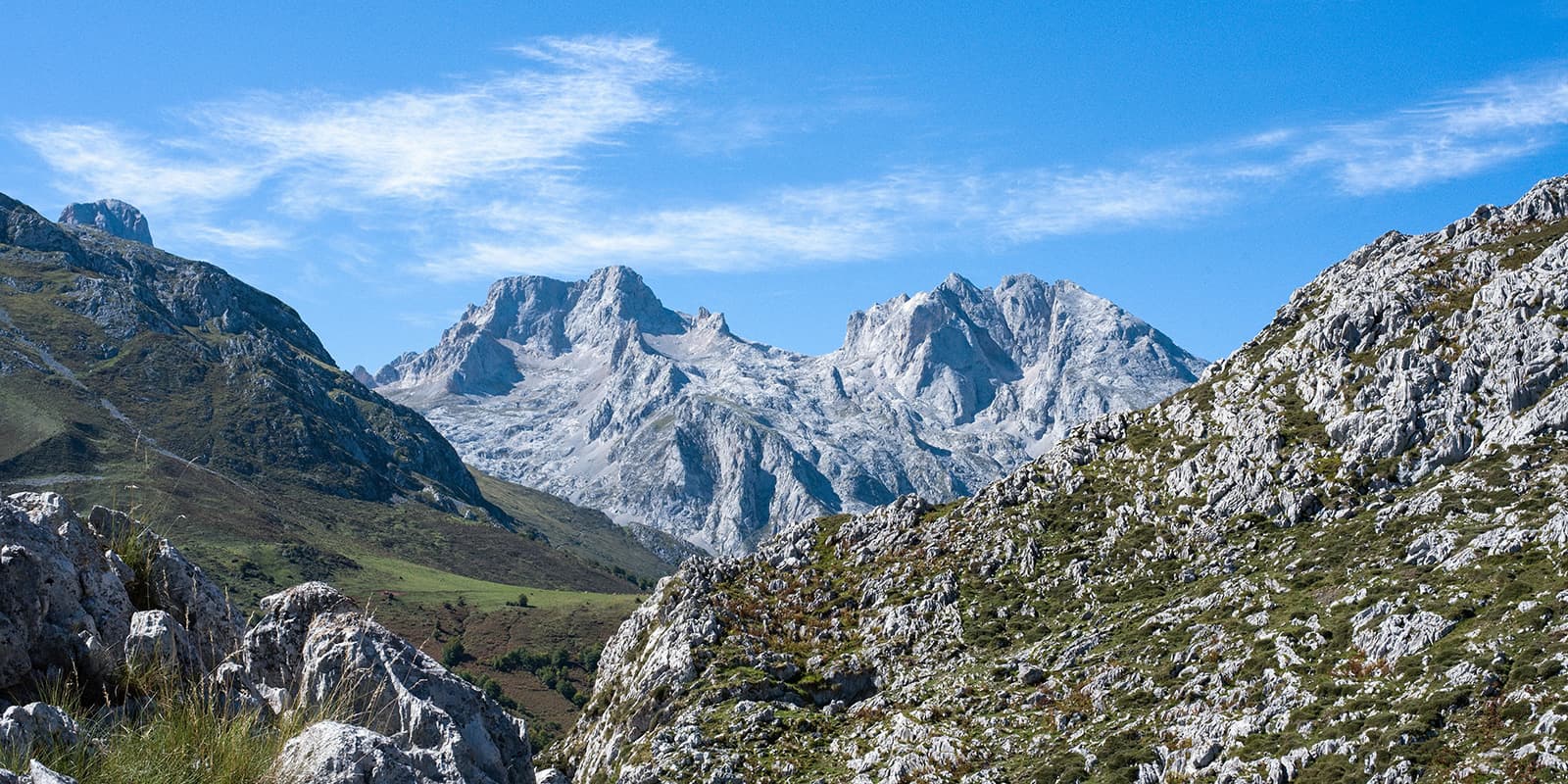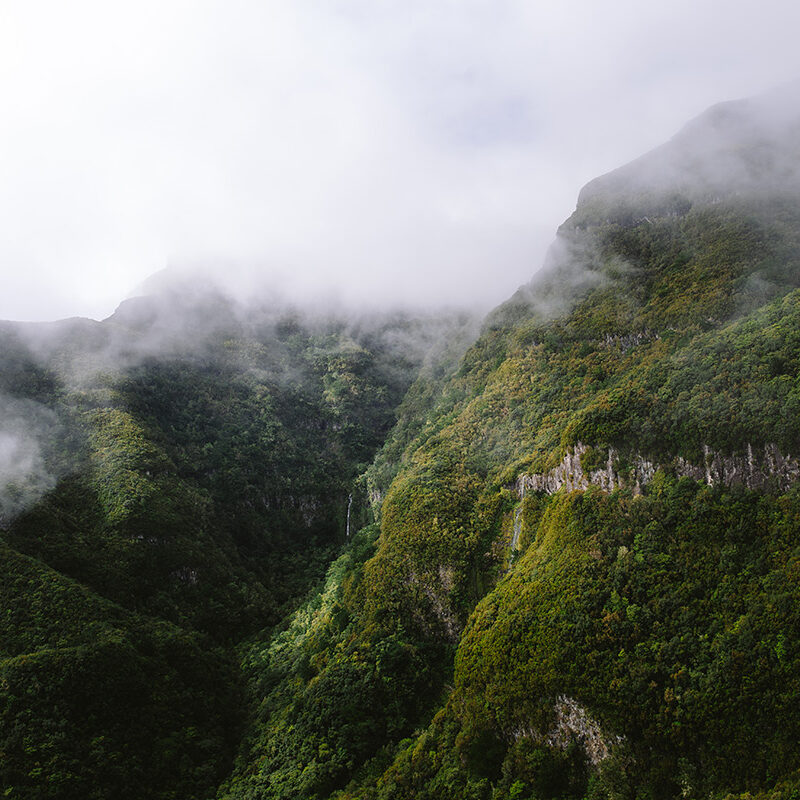The TMB is popular, but you shouldn’t underestimate how tough it is. Although it isn’t technical (other than on the Fenêtre d’Arpette variant), its steepness makes this trail a challenge for even the fittest hiker. If this is your first long-distance hike, it makes sense to train before you leave home to increase your fitness levels and stamina.
Stage 10 involves climbing ladders, which could be terrifying for those with a fear of heights. There are alternative, easier routes if you want to avoid the ladder section. If you’re hiking with a dog (perfectly possible if you are camping), you will also have to take a detour on stage 10 – not just because of the ladders, but because dogs are not permitted in the Réserve Naturelle des Aiguilles Rouges. This is the only detour you’ll have to take if hiking with a dog.
The TMB is, of course, busy, so if you get into trouble, there will likely be someone close at hand to help you. But if you’re hiking the high-level variants, it is essential that you find out about trail conditions just before you hike. On these variants, you might see no other hikers for some hours. Try to tell someone off-trail of your chosen route if hiking the variants.
Remember that thunderstorms can develop, most of the time in the afternoons. But not only later on the day, weather can change suddenly and it’s very important to keep an eye on the forecast and don’t get caught in a lightning storm high up on a mountain pass. If you have any doubts, it’s always advisable to ask the mountain hut warden.
Stay hydrated. Water is abundant on the trail but you can fill up at any of the huts and guesthouses you pass. Carry at least 2 liters with you. Food, too, is available at all accommodations, but make sure you carry snacks.
It is almost impossible to get lost on the TMB. But it is sensible to carry a paper map and compass – if you don’t know how to navigate with these tools, learn before you leave home. Make sure you download offline maps onto your smartphone: mapy.cz is the map app of choice for hikers right now. It has the TMB marked in red on the app, so there’s no need to download a separate gpx file. If you’re primarily dependent on your phone to navigate, carry a power bank too. You don’t want to be caught with no battery life on the mountain.
Pack the right gear! Waterproofs are essential, as are warm baselayers. Hiking poles are advisable: after all, the elevation gain on this tail is around 10,000m, and there are steep descents. Poles will be essential for anyone with weak knees. If you buy new hiking shoes for this trail, make sure you break them in before leaving home to avoid blisters on the trail.
Respect the principles of Leave No Trace by minimizing your impact on the environment. Stick to designated trails, pack out all trash – including toilet paper – and respect wildlife and natural habitats.
The TMB website has good information about mountain safety and what to do in an emergency. Read up before getting on the trail.


